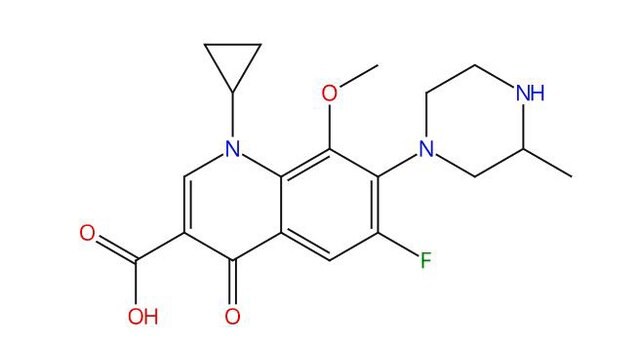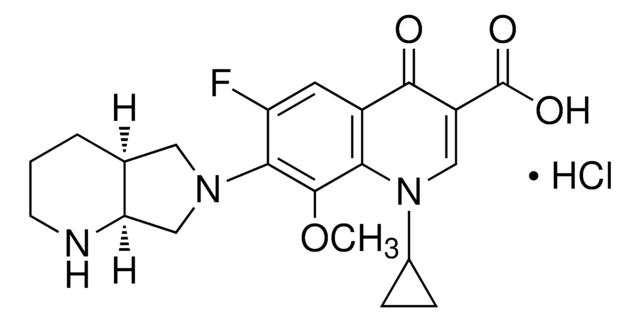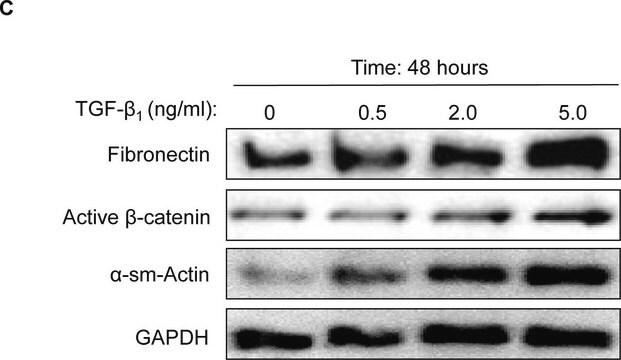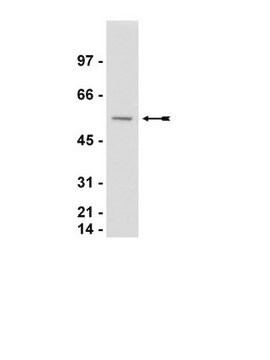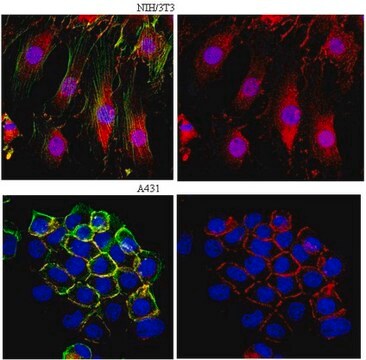PLA0230
Rabbit anti-Beta-catenin Antibody, Affinity Purified
Powered by Bethyl Laboratories, Inc.
Synonym(e):
88kDa, CTNNB, MRD19, armadillo, beta 1, beta 1 (88kD), beta-catenin, catenin (cadherin-associated protein)
About This Item
Empfohlene Produkte
Biologische Quelle
rabbit
Qualitätsniveau
Antikörperform
affinity purified immunoglobulin
Antikörper-Produkttyp
primary antibodies
Qualität
Powered by Bethyl Laboratories, Inc.
Speziesreaktivität
human, mouse
Methode(n)
ChIP: 4-30 μg
immunohistochemistry: 1:100- 1:500
immunoprecipitation (IP): 2- 5 μg/mg
western blot: 1:2,000- 1:10,000
Hinterlegungsnummer
NP_001895.1
Anwendung(en)
research pathology
Versandbedingung
wet ice
Lagertemp.
2-8°C
Posttranslationale Modifikation Target
unmodified
Angaben zum Gen
rabbit ... Beta-catenin(1499)
Immunogen
Physikalische Form
Sonstige Hinweise
Haftungsausschluss
Sie haben nicht das passende Produkt gefunden?
Probieren Sie unser Produkt-Auswahlhilfe. aus.
Lagerklassenschlüssel
10 - Combustible liquids
Flammpunkt (°F)
Not applicable
Flammpunkt (°C)
Not applicable
Hier finden Sie alle aktuellen Versionen:
Analysenzertifikate (COA)
Leider sind derzeit keine COAs für dieses Produkt online verfügbar.
Wenn Sie Hilfe benötigen, wenden Sie sich bitte an Kundensupport
Besitzen Sie dieses Produkt bereits?
In der Dokumentenbibliothek finden Sie die Dokumentation zu den Produkten, die Sie kürzlich erworben haben.
Unser Team von Wissenschaftlern verfügt über Erfahrung in allen Forschungsbereichen einschließlich Life Science, Materialwissenschaften, chemischer Synthese, Chromatographie, Analytik und vielen mehr..
Setzen Sie sich mit dem technischen Dienst in Verbindung.